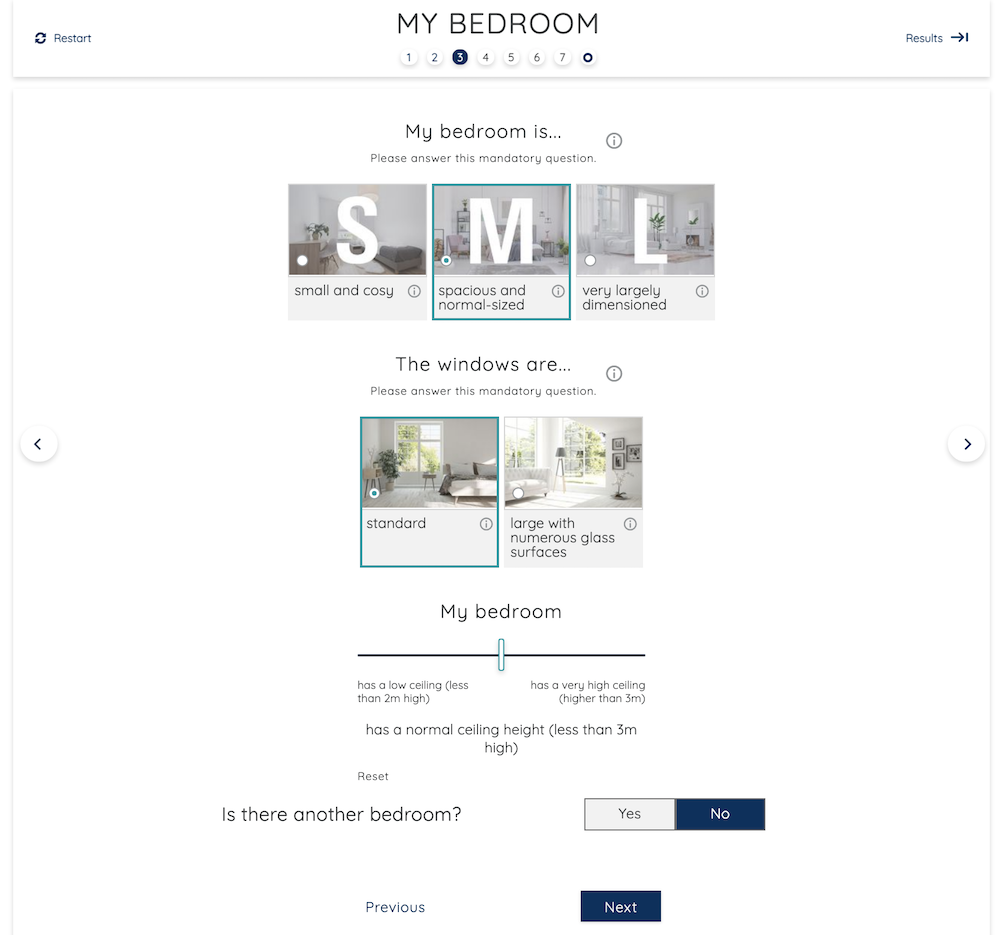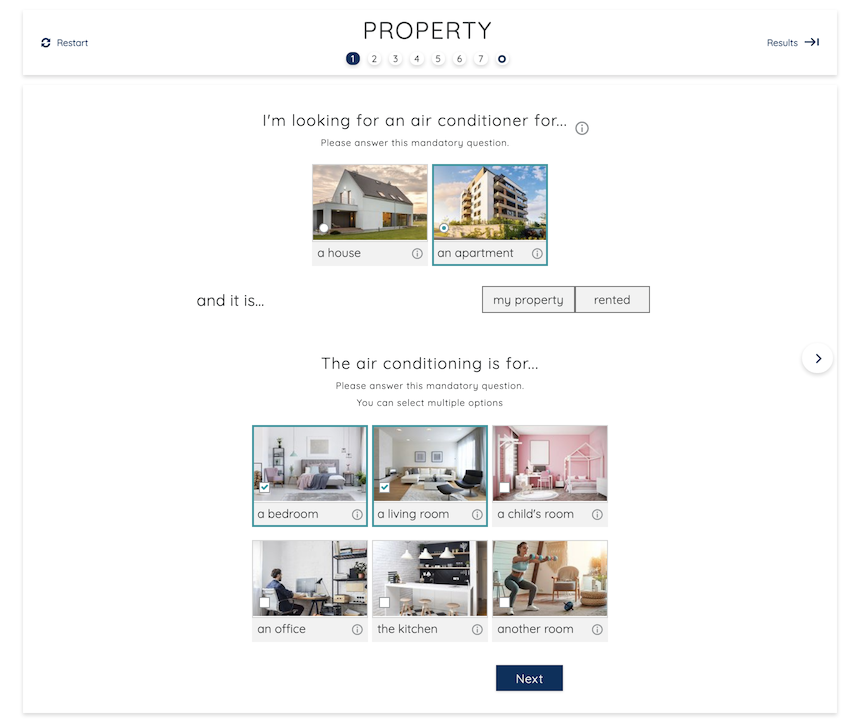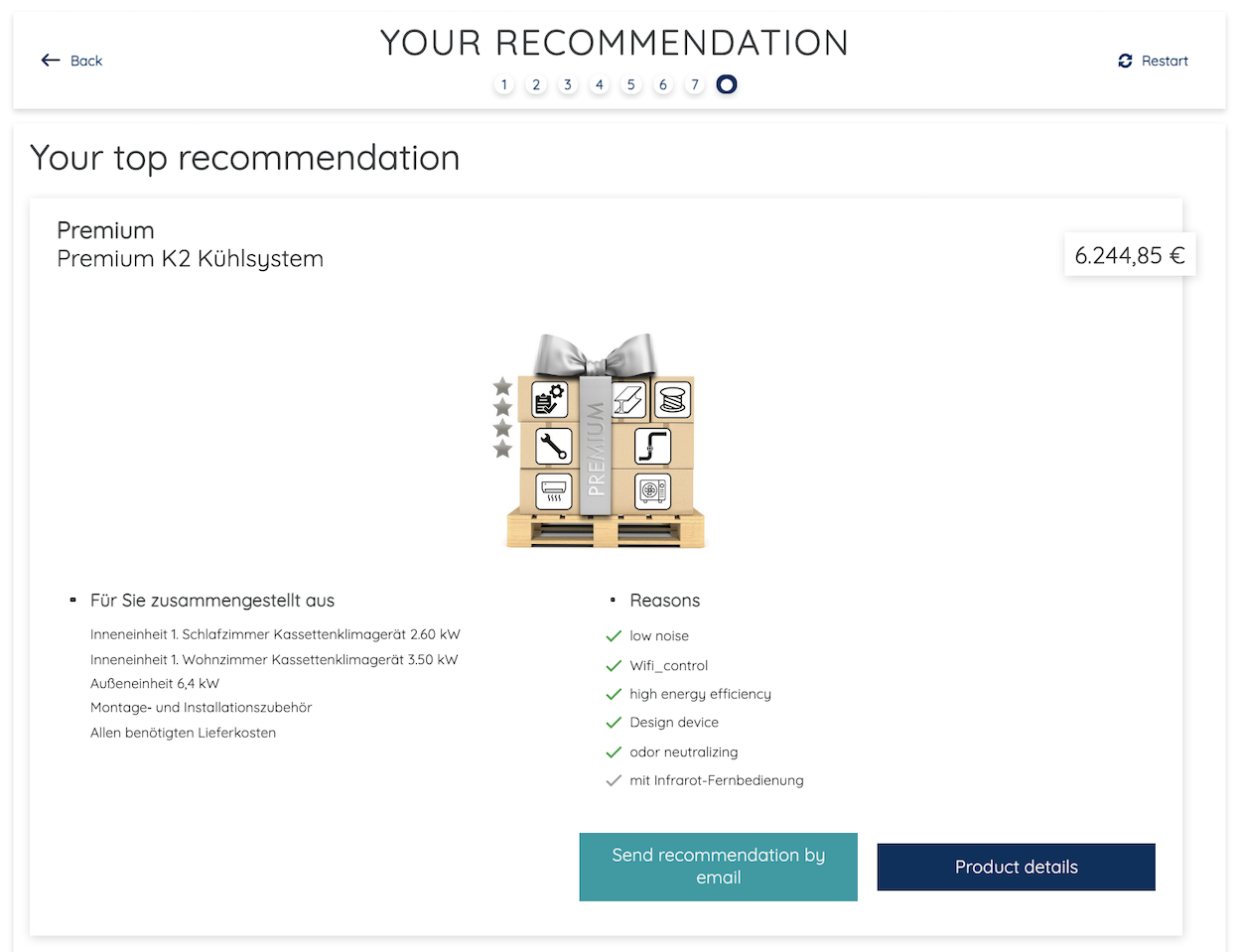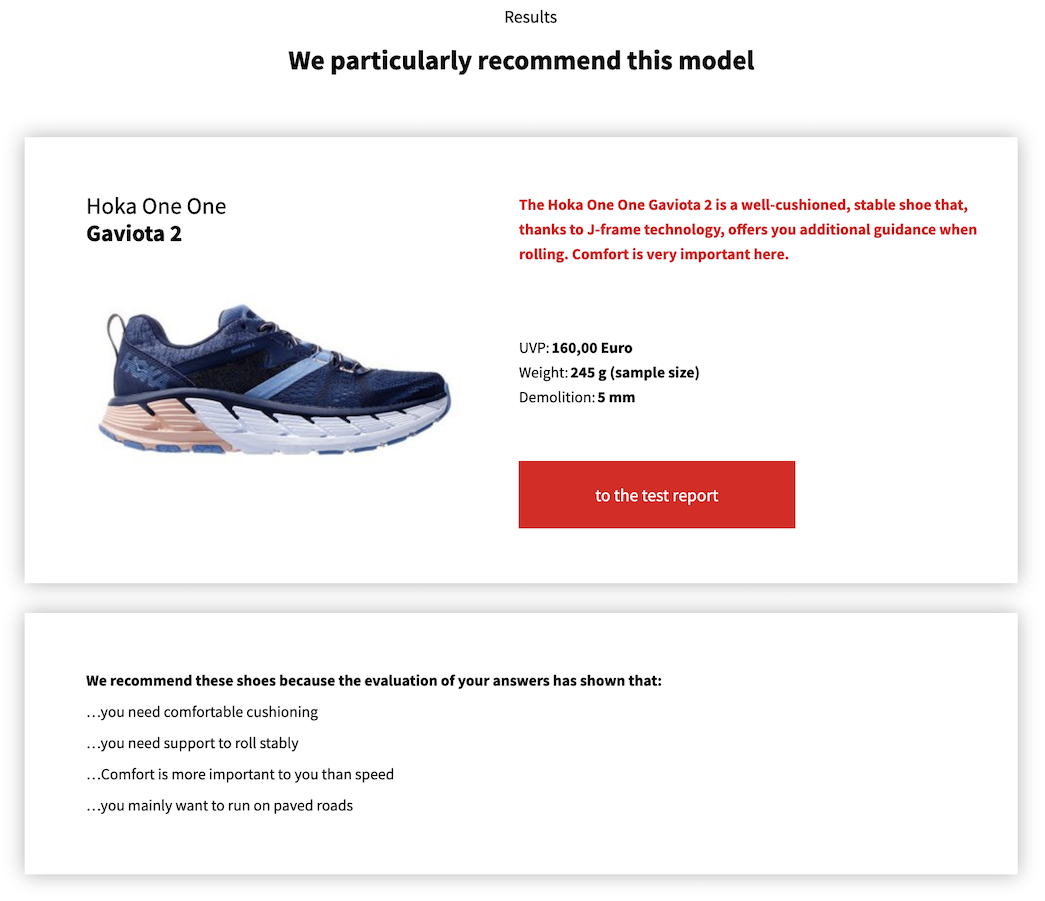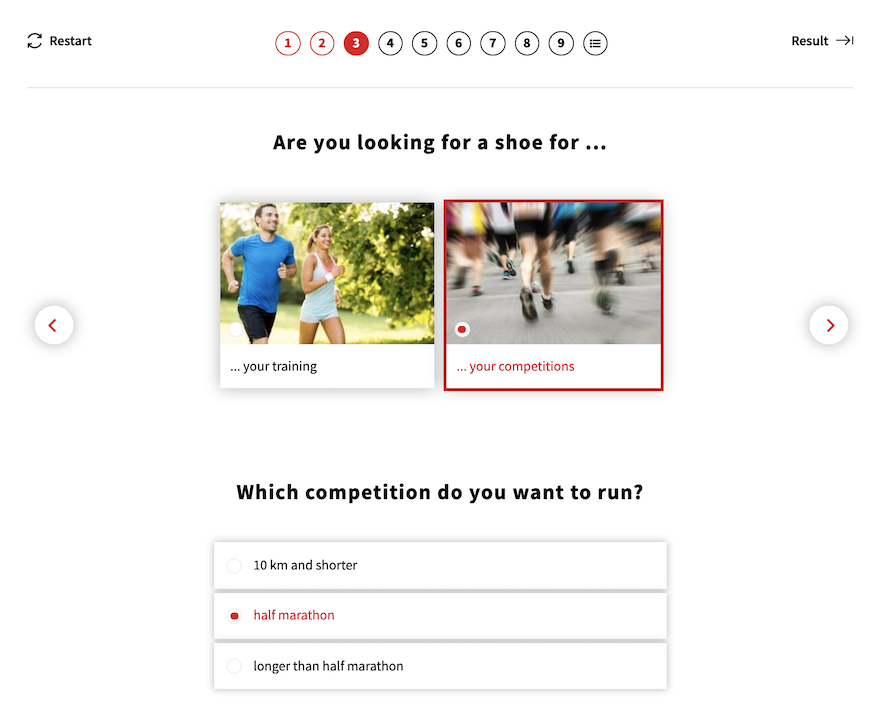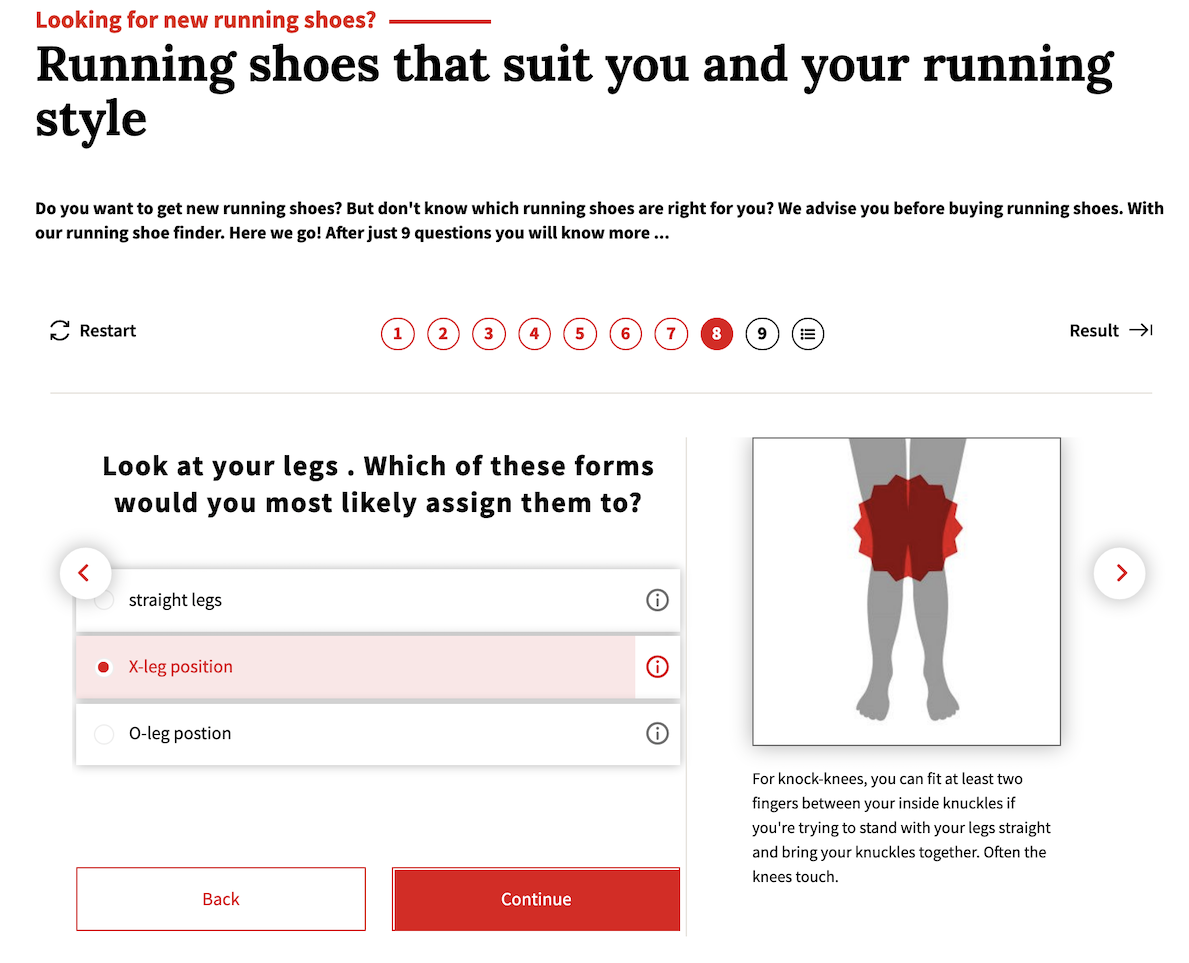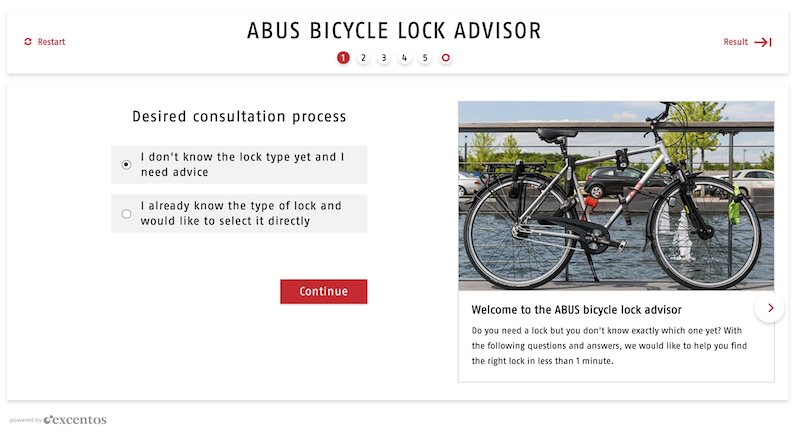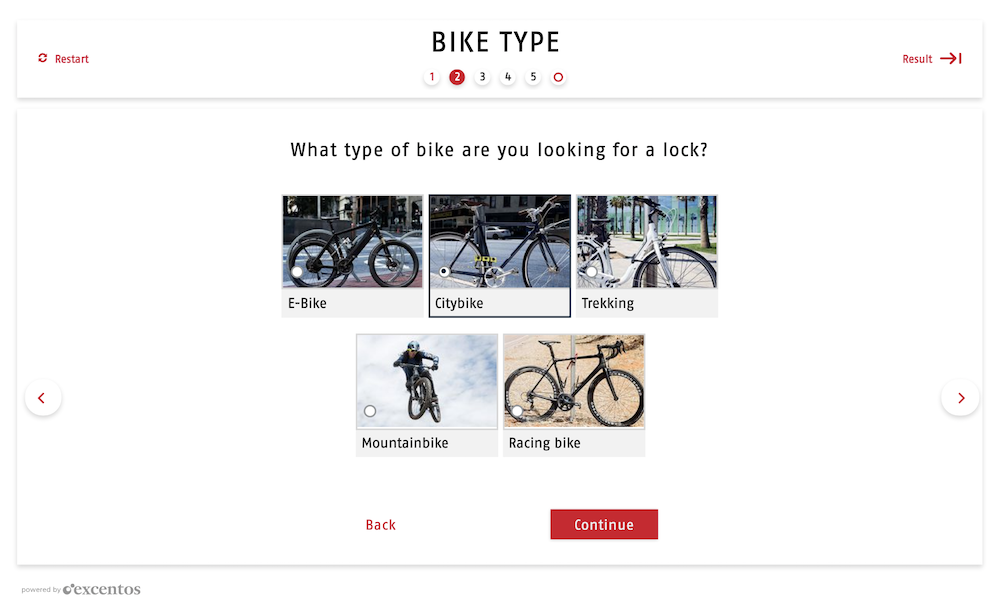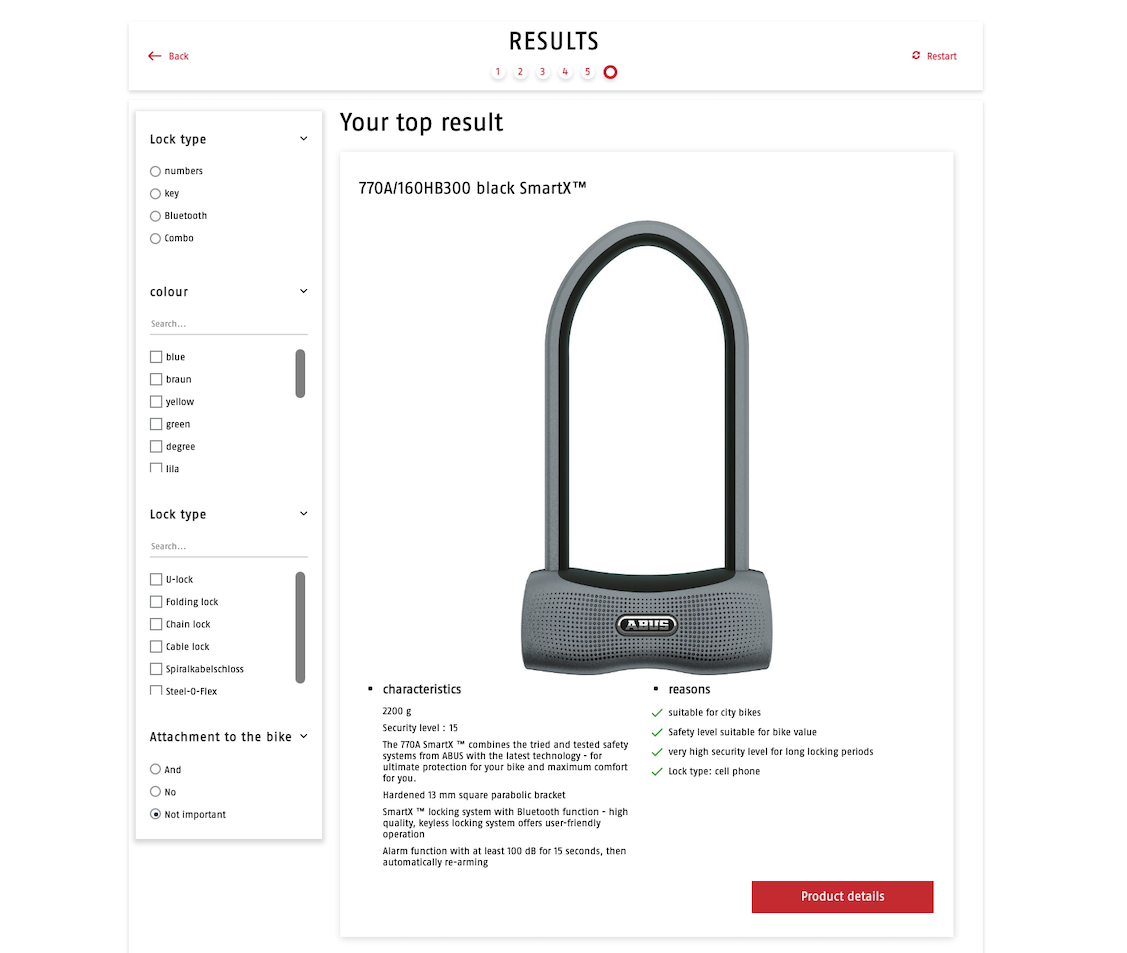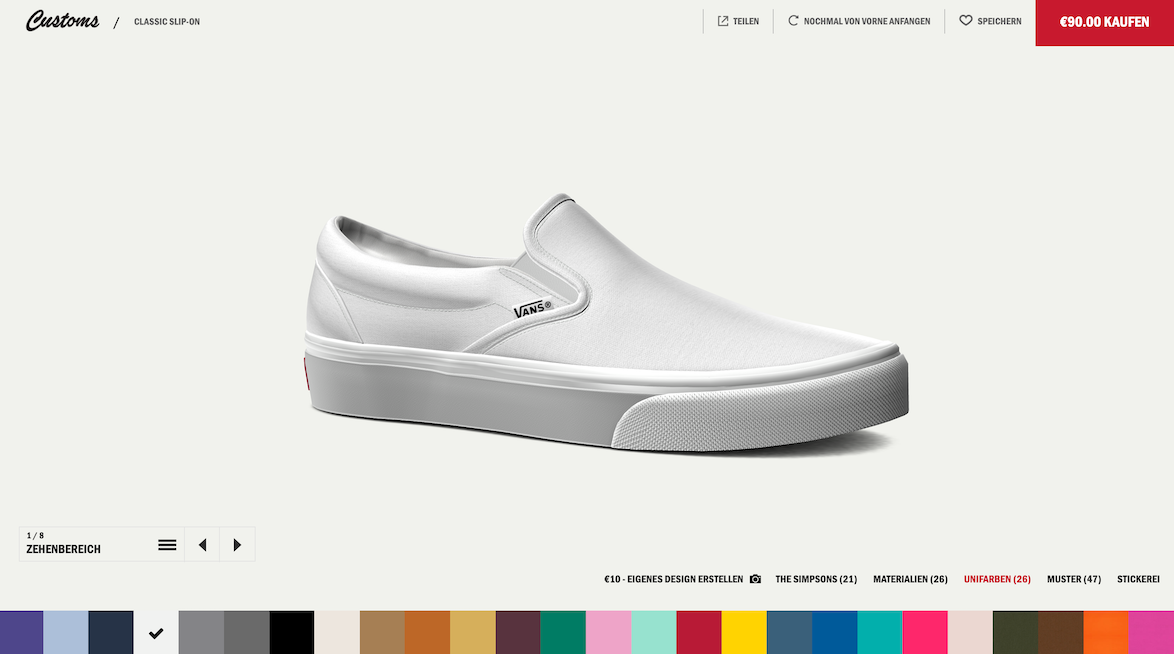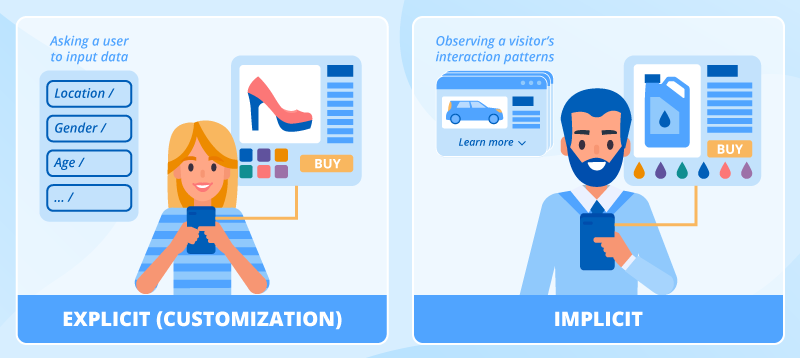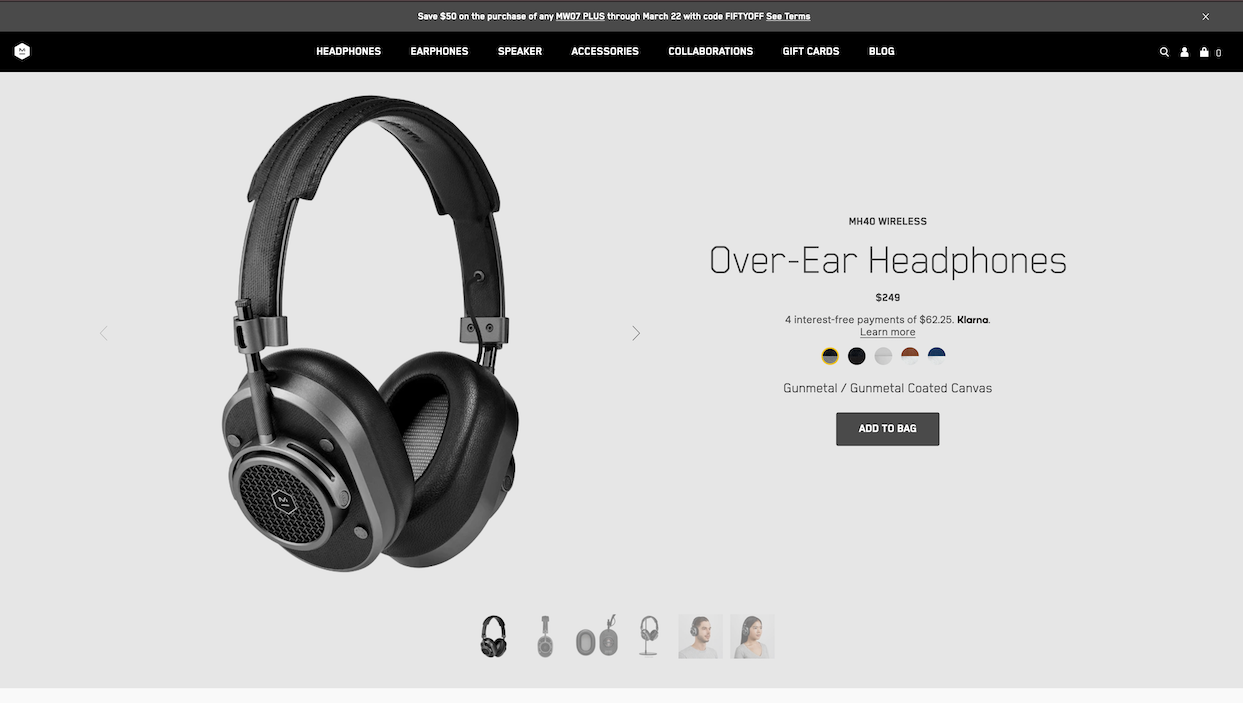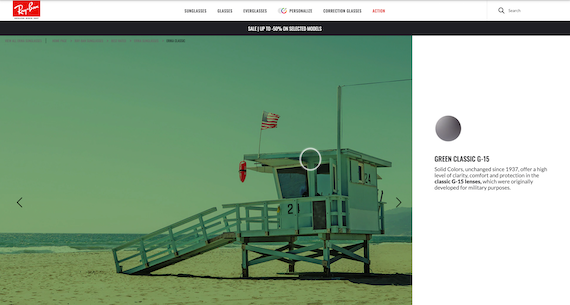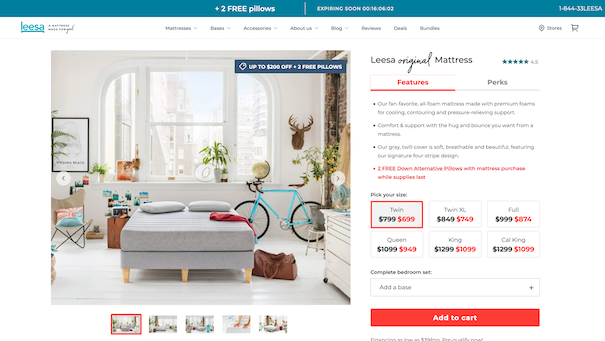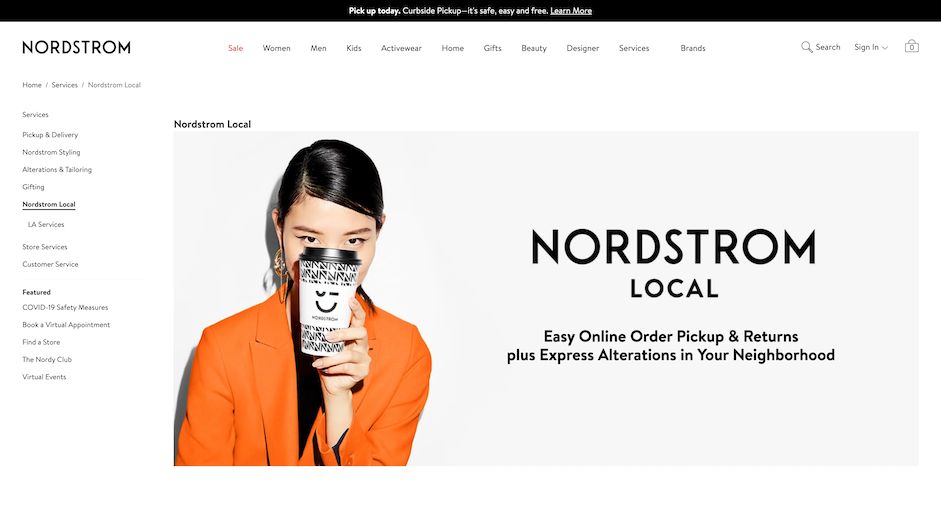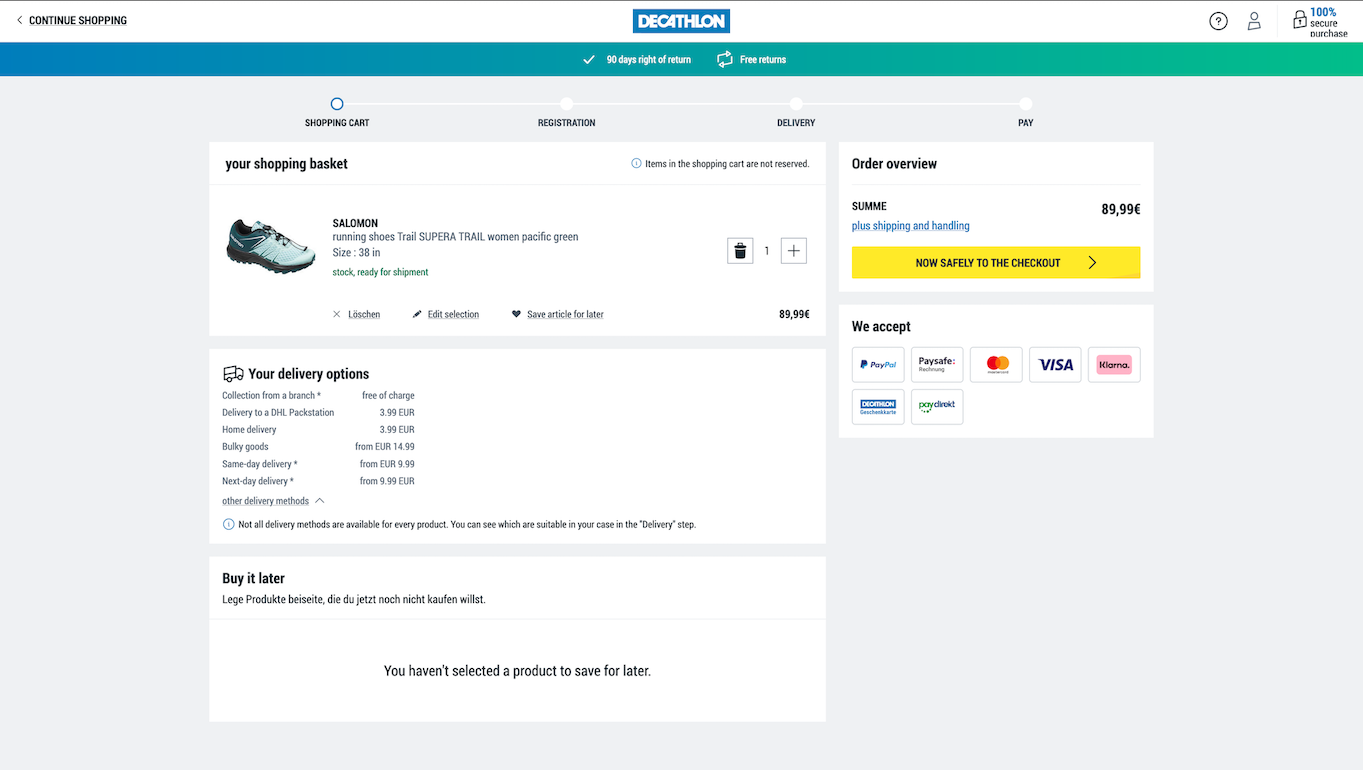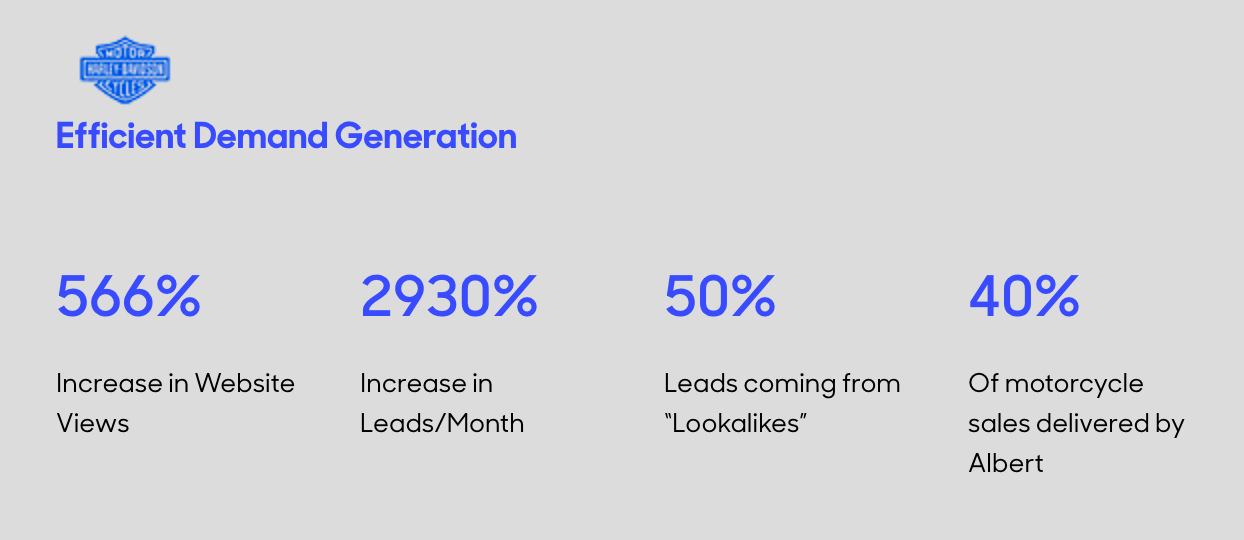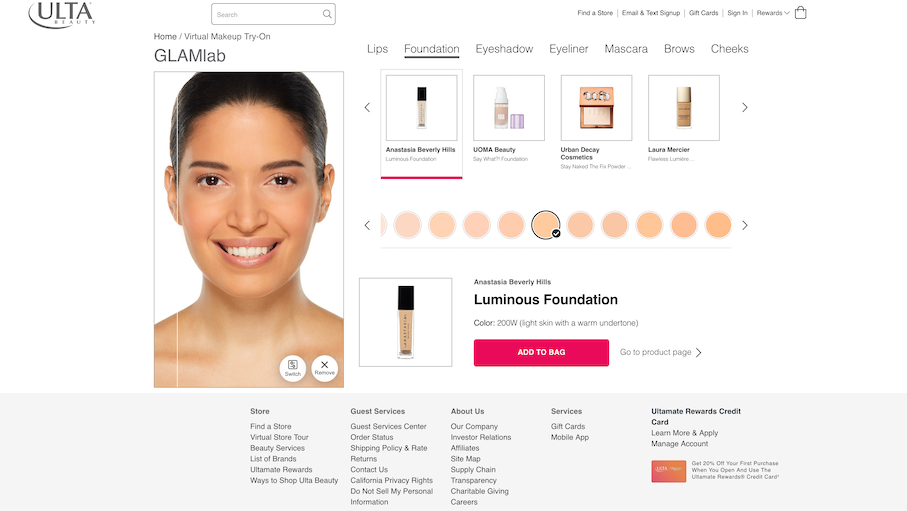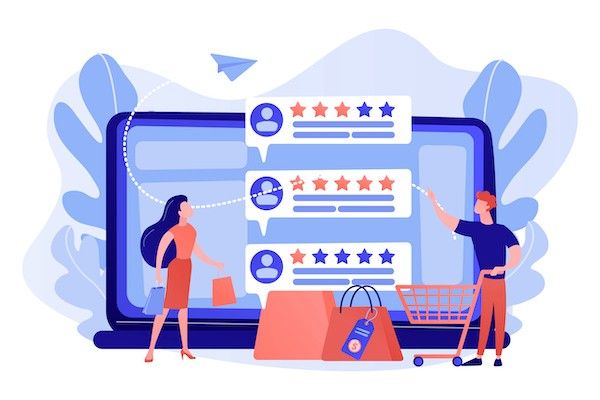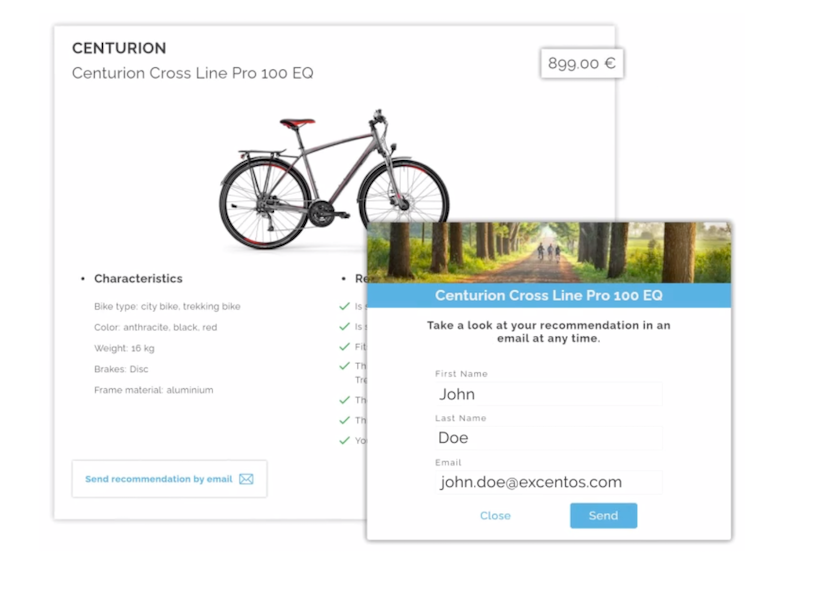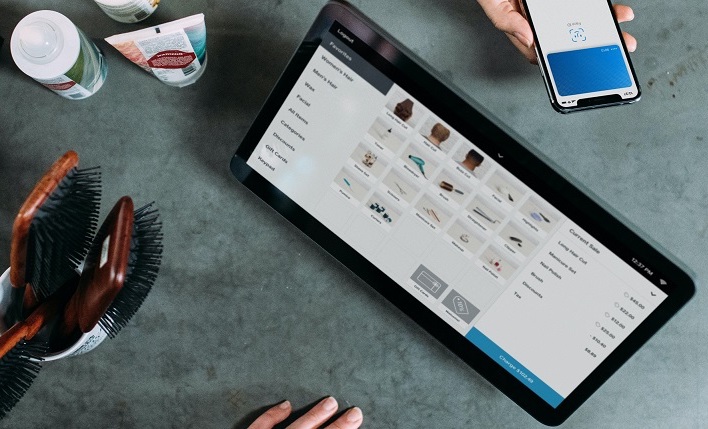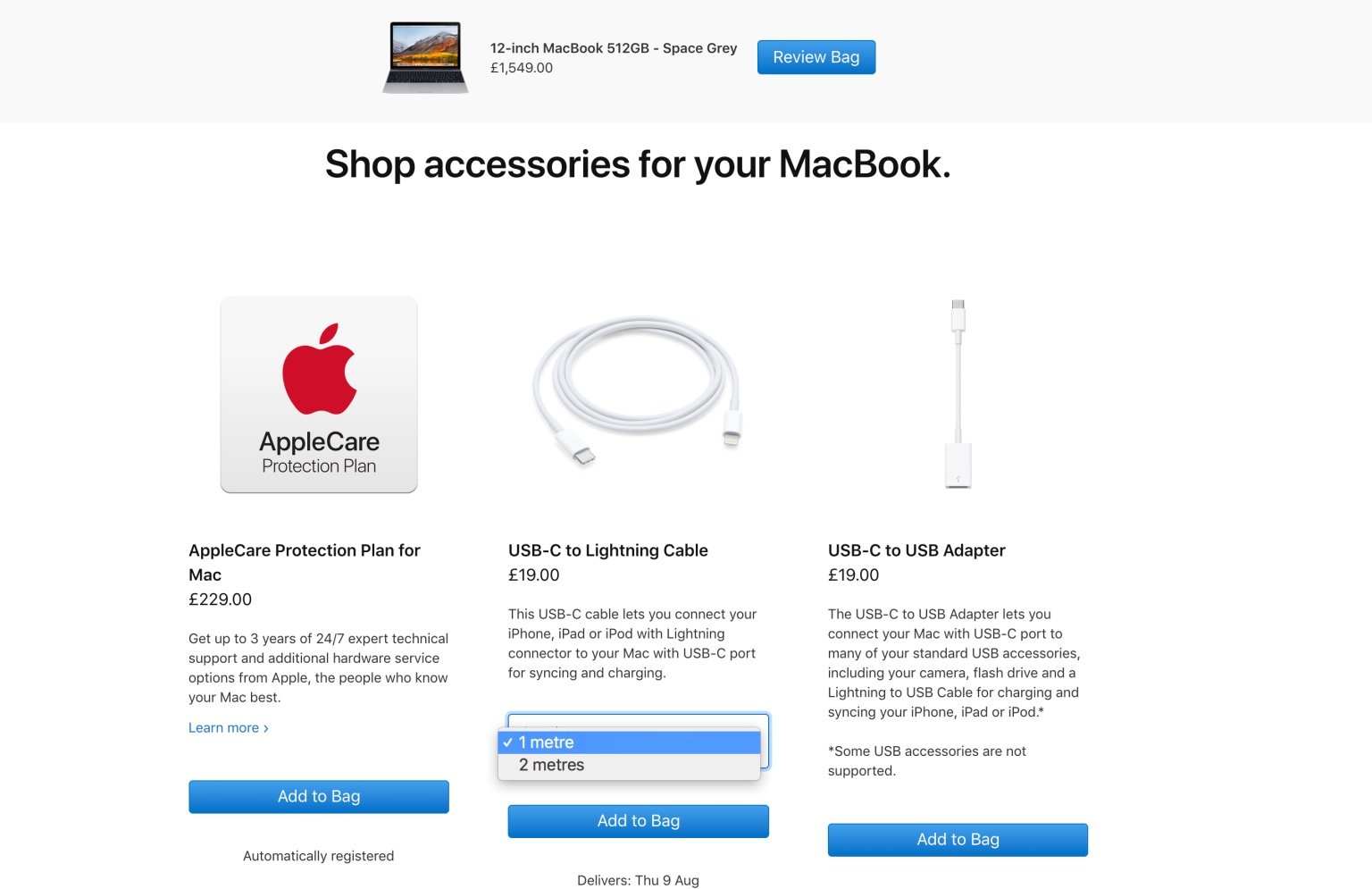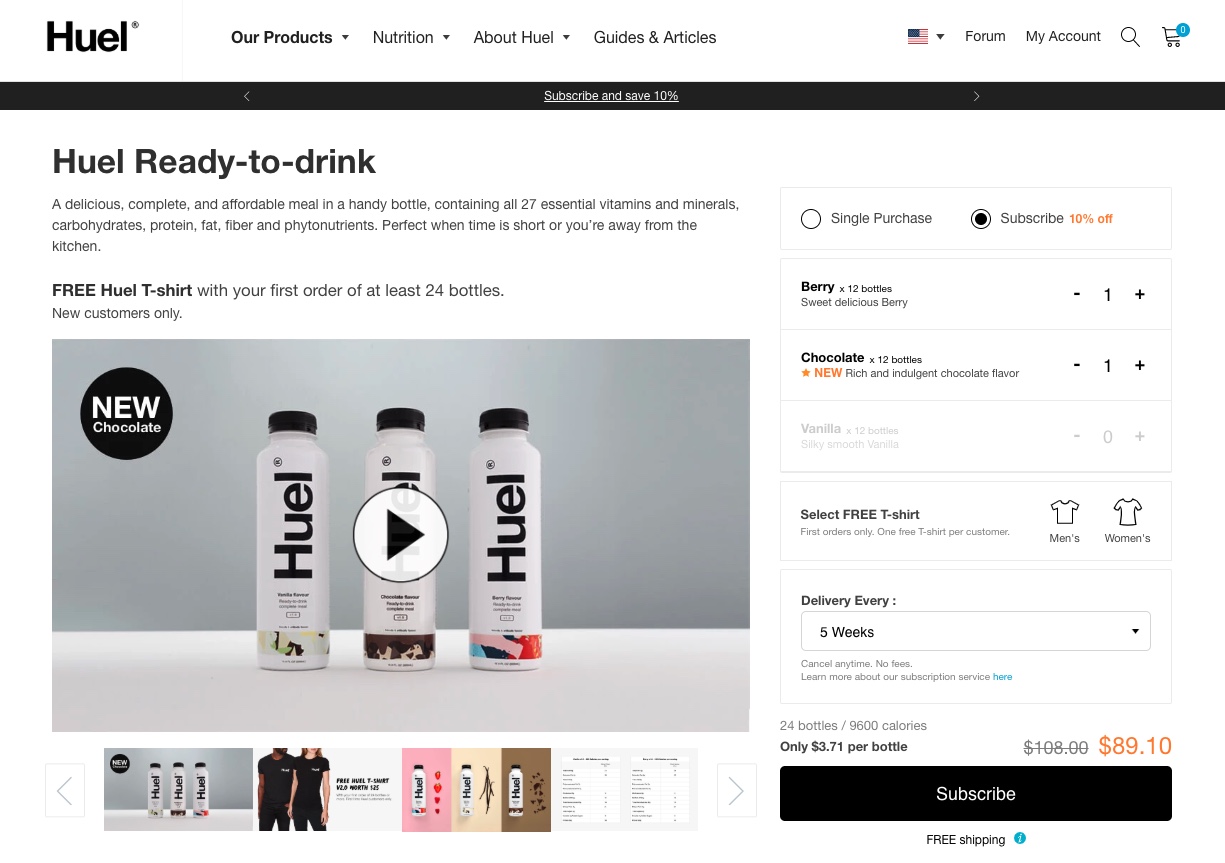Sai Naik Nimbalkar
Gift finders: Personalize the process of buying gifts online
Sai Naik Nimbalkar
Customers prefer online purchases
But customers are also savvy and possess more knowledge about products than ever before, some already know what they want and the kind of product that would prove to be a good gift. In this case, the decision has been already been made. But yet there are two online opportunities to consider:
How do I help customers make a decision they are happy with?
How do I guide them to reach that decision quickly?
What are Guided Selling-based gift finders?
Brands and retailers alike find gift finders useful for customer interaction and experience, especially for the holiday seasons. They offer several advantages for online customers:
- A gift finder is an ideal solution to compare different kinds of gifts and get alternative recommendations.
- Customers get decisive advice from AI-based recommendations, thereby increasing buying decisions.
- Online shoppers expect swift and useful digital interactions and gift finders fit the bill perfectly.
- You can target different kinds of customers with a single interactive experience by integrating different stages of awareness within one gift finder.
- Gift finders also take into account your expertise input. So, by using your personal insights you are able to deliver gifting options which stem from human intuition and experience.
Brand case studies
L’Occitane
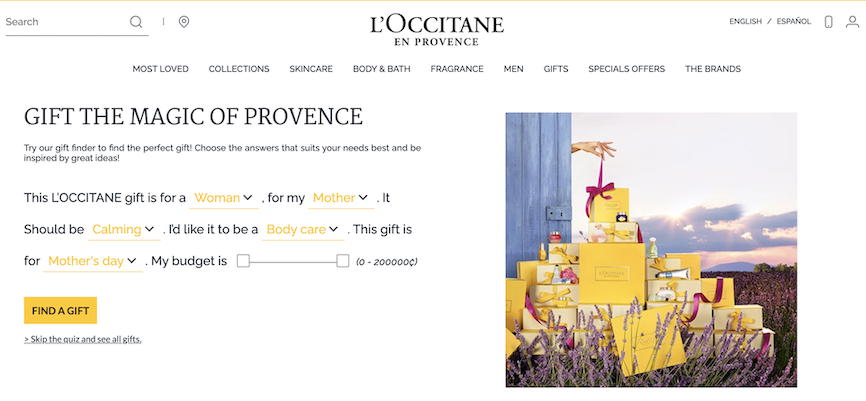
L'occitane gift finder
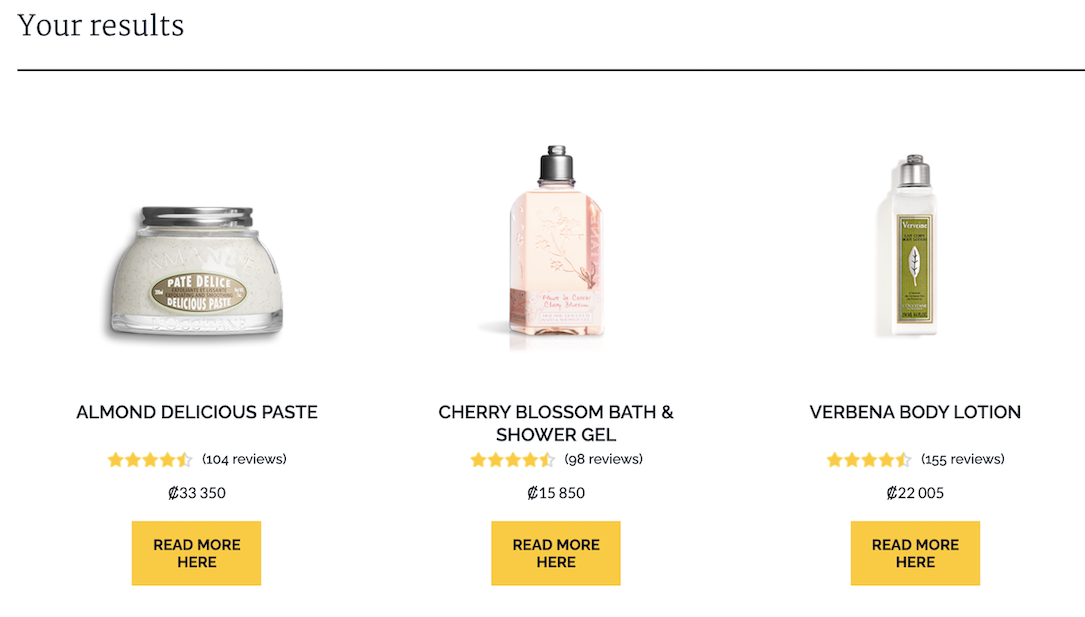
"The gift finder is able to quickly provide recommendations with excellent reviews that fit within a person’s personal budget"
Smartwool
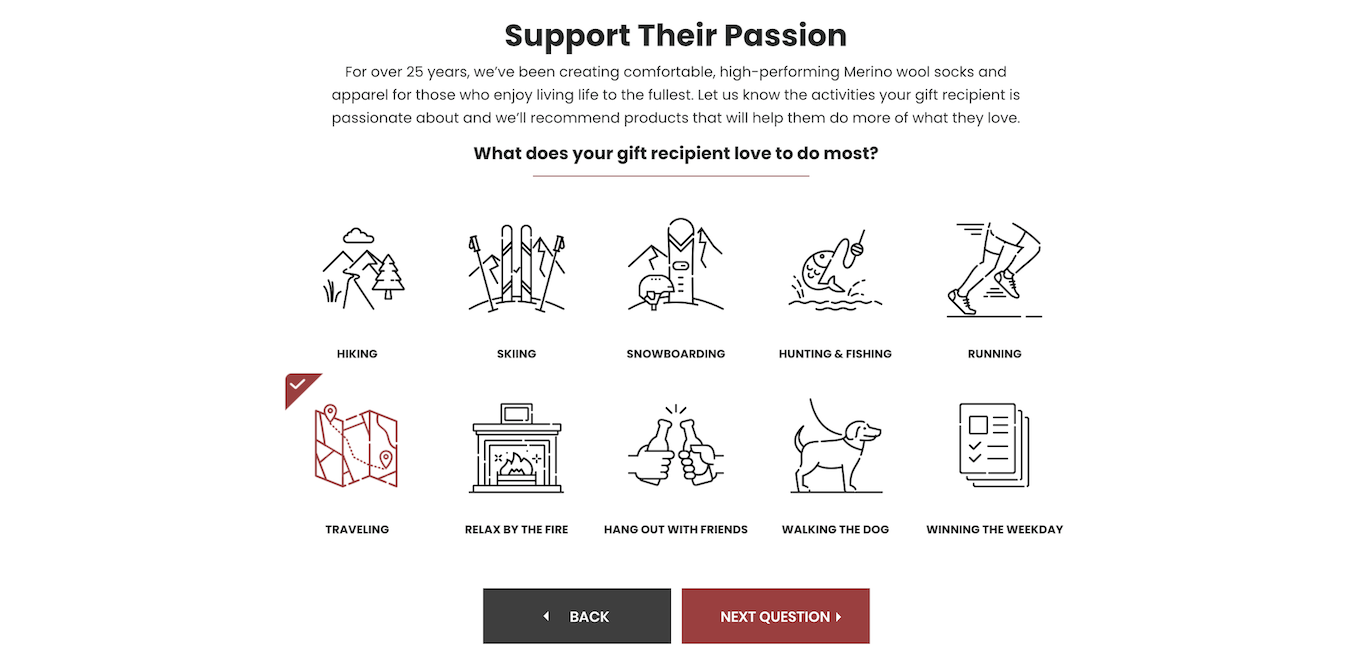
Smartwool gift finder
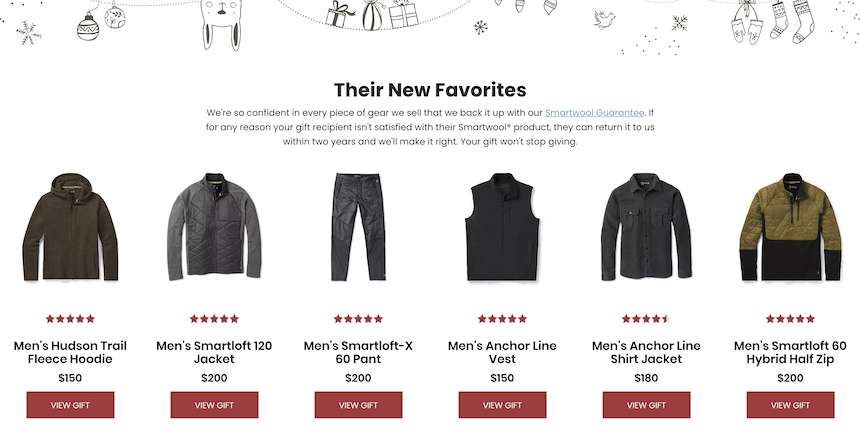
Smartwool recommendations
"They are able to seamlessly integrate their product technologies and other notable features."
Uncommon goods
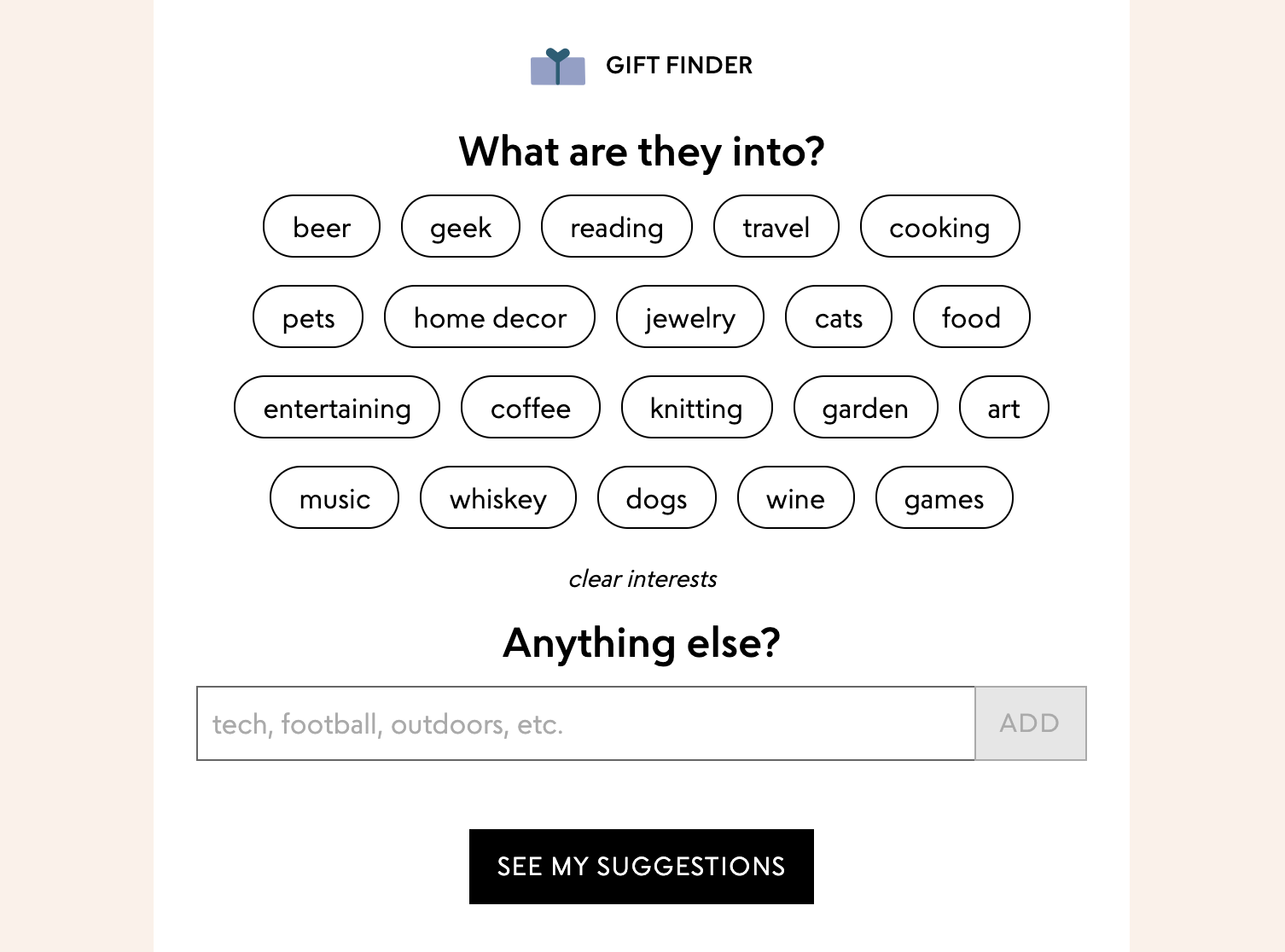
Uncommon goods gift finder

Uncommon goods recommendations
"The concept is to gift something extraordinary and special, yet something that matches the tastes and interests of the intended."
Invest in Guided Selling
So if your product categories do well during gifting seasons, then a gift finder is definitely the way to go. They are easy to integrate, manage, and provide benefits like customer satisfaction, increased sales, decreased returns, and more importantly - customer insights.
Our solutions use sophisticated AI-driven technologies to provide a seamless integrated experience across digital channels as well as in-store. If you’re looking to enhance customer experience for your brand or website, investing in Guided Selling software is beneficial in more ways than one.
"Product Advisors let you know which of your products are more valuable, differences in target groups and regions, seasonal trends, Ecommerce revenues, etc."
Provide customers with personalized advice
Find out how your company can implement personalized advice for all your customers.
Other Posts
-

A short guide on Guided Selling
Read all about Guided Selling software, and the many different Ecommerce solutions that are available for B2Bs and B2Cs. -

What's the big deal about Direct to Consumer (D2C)?
An in-depth look at the D2C trend and how brands can use aspects of it to increase their brand presence and get more control over their product and consumer data. -

Top UX trends for Ecommerce 2021
With disruptive challenges in 2020, brands and retailers adopted new strategies for Ecommerce. Get to know the top UX trends you can use to not be left behind.
